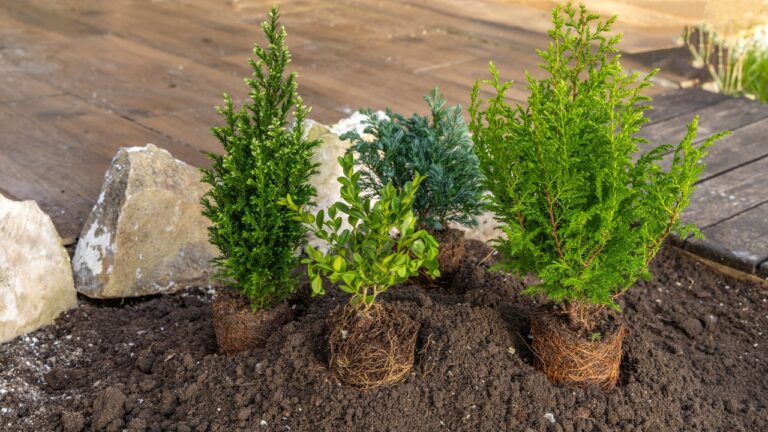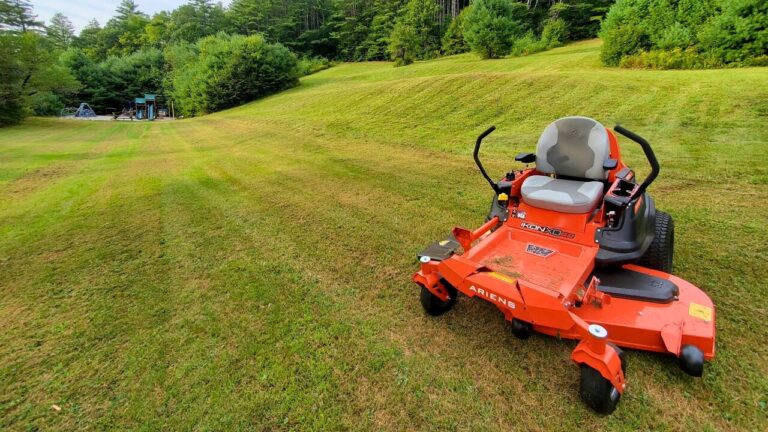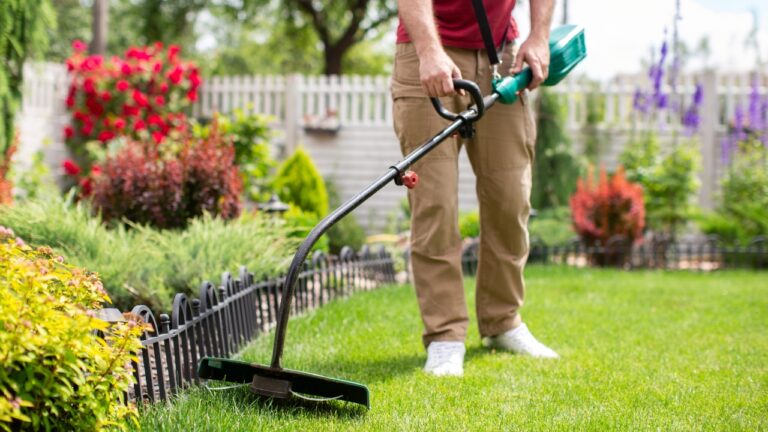10 Mower Habits That Are Doing More Harm Than Good
Keeping your lawn healthy isn’t all about how often you mow—it’s also how you mow. Some habits seem harmless but slowly wear down your mower, mess with your grass, or both. And if you’re wondering why your yard still looks tired even though you’re keeping up with it, one of these might be the reason. These common mower habits can do more harm than good, but the good news is they’re all fixable.
Mowing With Dull Blades

If you’ve never sharpened your mower blades, your grass is probably being torn instead of cut. That leads to ragged edges, browning, and more stress on your lawn overall.
Dull blades also make your mower work harder, which wears it out faster. You don’t have to sharpen them constantly, but once or twice a season can make a noticeable difference in both the cut and your mower’s performance.
Cutting Wet Grass
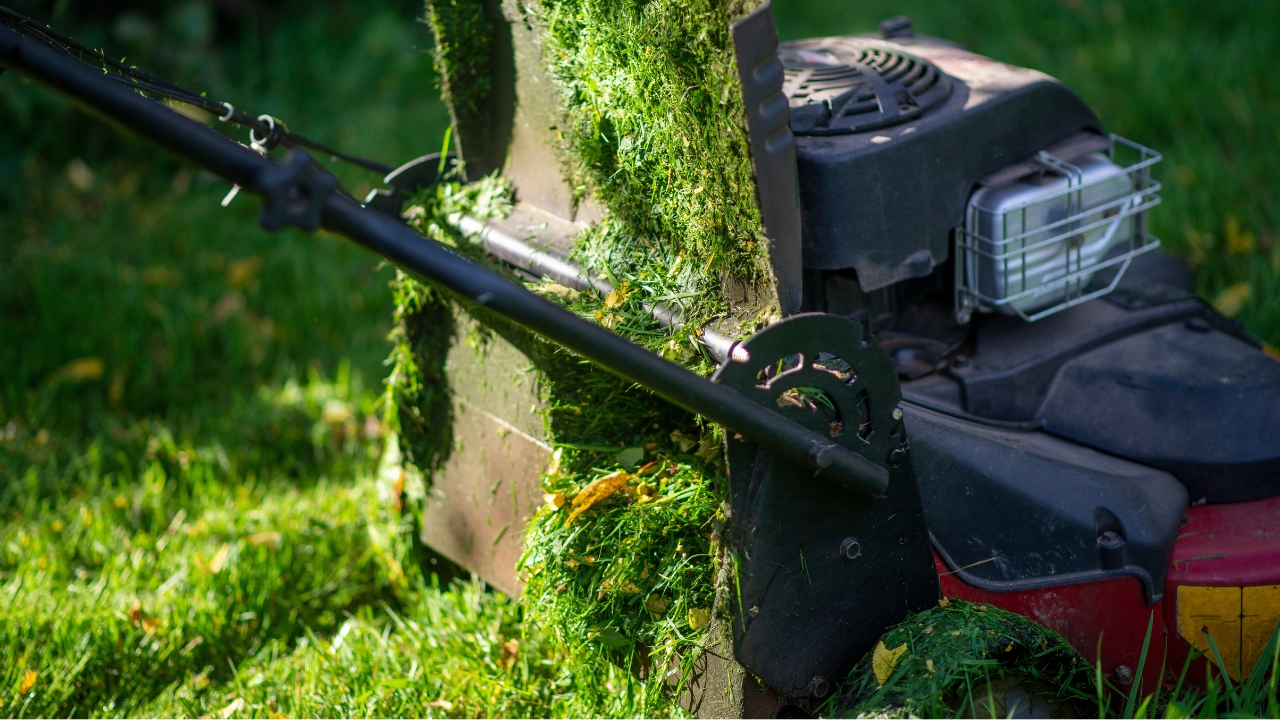
It’s tempting to mow right after it rains, especially if your schedule’s tight. But wet grass clumps, clogs your mower, and creates uneven patches across the yard.
You’ll also risk slipping or scalping your lawn in spots. Wait until the yard is dry enough that your shoes don’t leave wet tracks. You’ll get a much cleaner cut and your mower won’t struggle nearly as much.
Scalping the Lawn

Cutting too low doesn’t save you time—it stresses the grass, encourages weeds, and makes your yard more likely to dry out and turn brown.
Stick to the one-third rule: never remove more than the top third of the grass blade at once. It keeps the lawn healthier and helps roots grow deeper, which makes your yard more resilient overall.
Ignoring the Oil and Filter

If you haven’t checked your mower’s oil in months (or ever), it’s time. Running it with old or low oil can wear the engine down fast, especially in hot weather.
Same goes for the air filter—it keeps dirt and grass out of the engine. Swapping it once a season helps your mower run smoother and last longer. These are quick jobs that pay off.
Always Mowing in the Same Direction

If you mow the same pattern every time, the wheels can start to leave ruts, and the grass may lean or grow unevenly.
Switch it up every mow—alternate between horizontal, vertical, and diagonal passes. It keeps the lawn looking even and helps the grass grow straighter, which makes the yard look neater without much effort.
Letting Clippings Pile Up
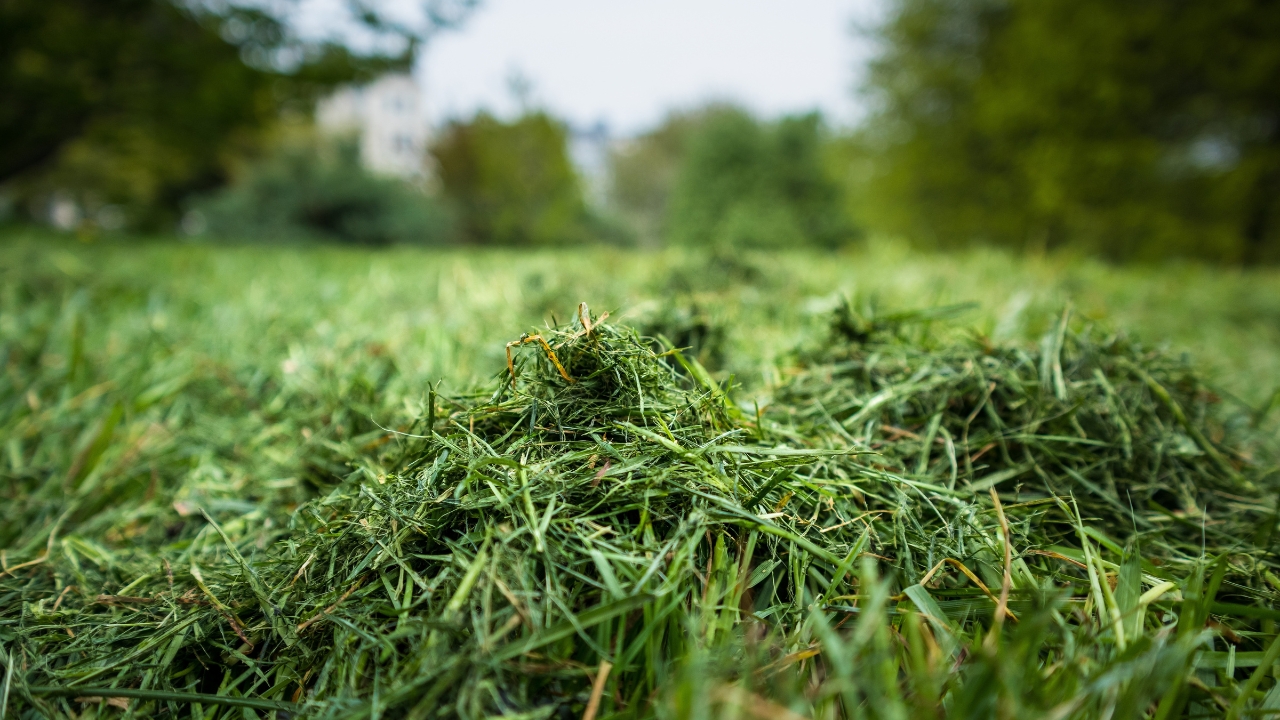
Grass clippings can be good for your lawn—if they’re small and spread out. But if they’re thick and clumping, they’ll smother the grass and leave behind dead patches.
If your mower isn’t mulching the clippings well or you’re cutting too much at once, either bag them or mow more often. That thin layer of clippings should disappear into the lawn, not sit on top of it.
Waiting Too Long Between Mows

Letting your grass grow tall before mowing might feel like a time-saver, but it’s a shock to the lawn. Taller grass is harder to cut cleanly, and mowing it all down at once can stunt growth.
Try mowing more consistently—even if it’s a smaller amount—so the grass stays at a healthy height. It keeps the yard looking better and makes each mow a lot less of a chore.
Skipping the Mower Clean-Out

If you don’t clean the underside of your mower deck, old clippings can harden and throw off airflow, especially on mulching mowers.
That buildup makes your cut messier and harder on the machine. A quick scrape with a plastic putty knife every few mows can help keep things running smoothly and prevent that thick gunk from forming.
Overloading the Fuel Tank With Old Gas
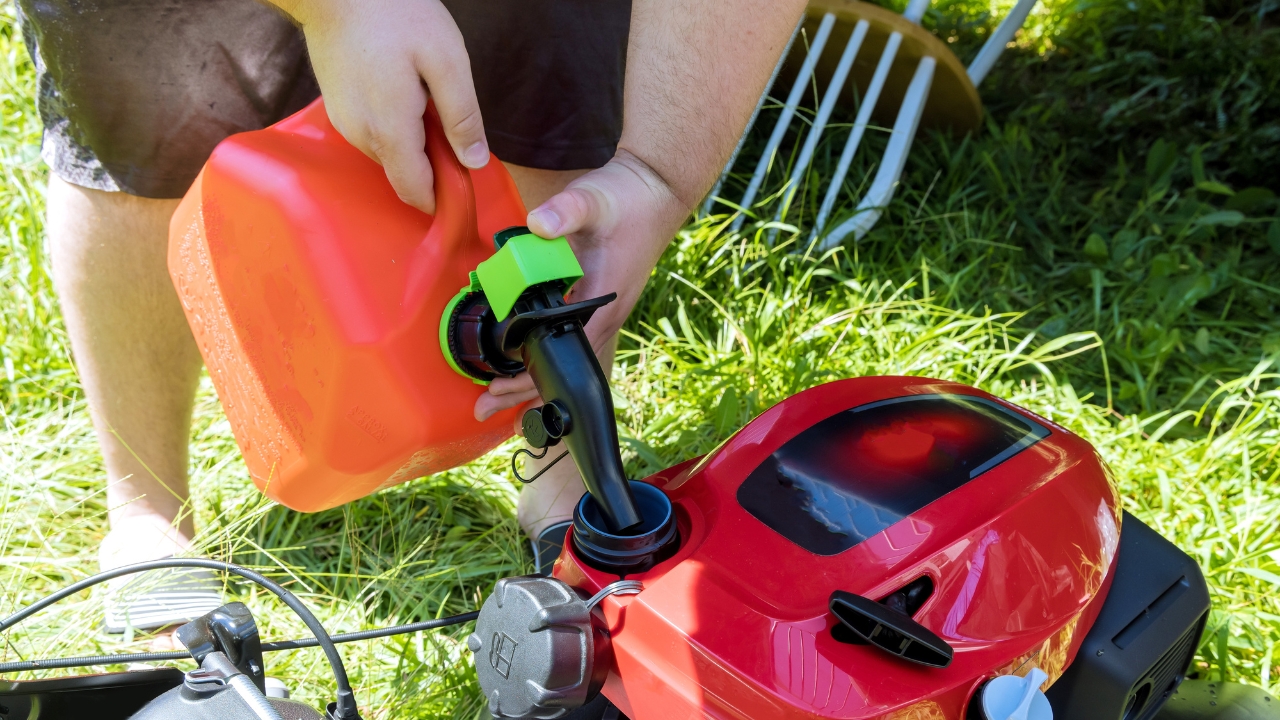
Gas goes stale, and if you’re using fuel that’s been sitting around since last season, you could be gumming up your mower’s carburetor without realizing it.
Use fresh gas when you can and don’t top off your mower before winter. Adding a stabilizer before storage helps too. Your mower will start easier and run cleaner come spring.
Forgetting to Adjust for the Season

Your grass doesn’t need the same cut height in June as it does in September. Mowing too short in the heat can fry your yard fast, while keeping it too long in cool weather can lead to fungal issues.
Raise the deck a notch in the summer to help the lawn hold moisture. Then lower it slightly in fall before the last mow. Matching your cut to the season makes a real difference in how your lawn looks.
*This article was developed with AI-powered tools and has been carefully reviewed by our editors.


